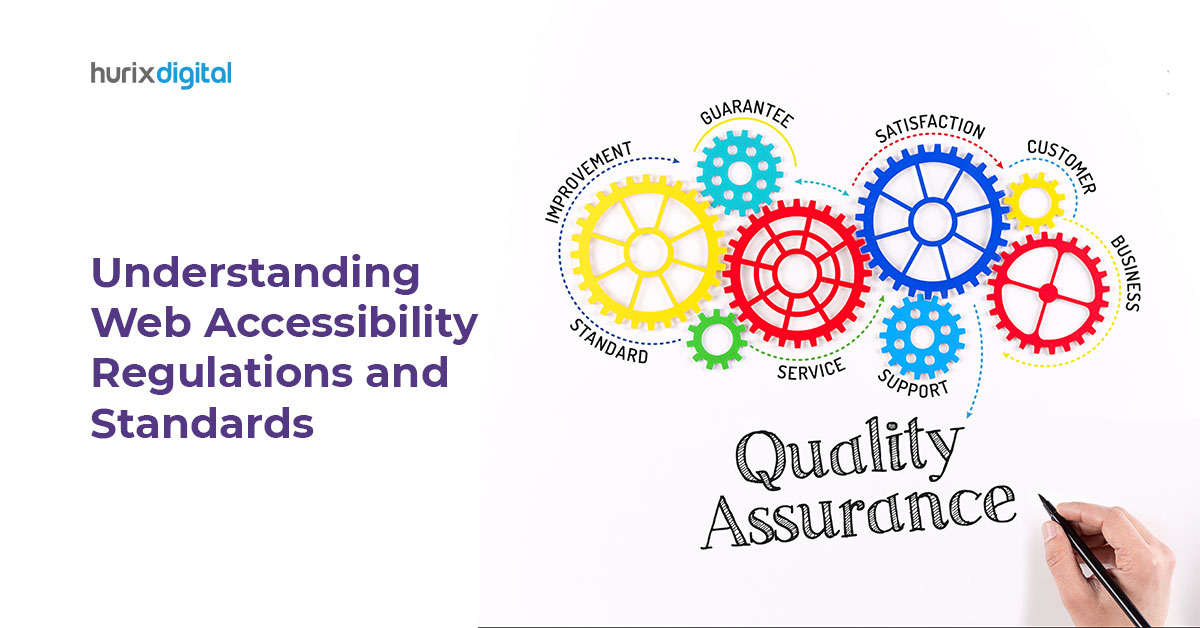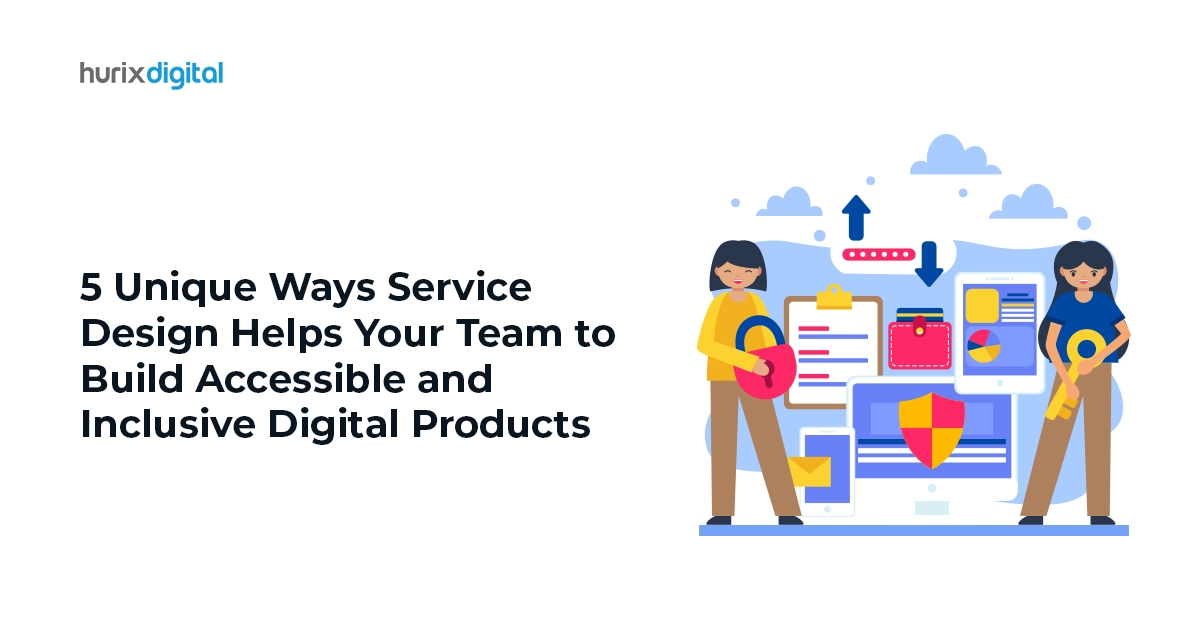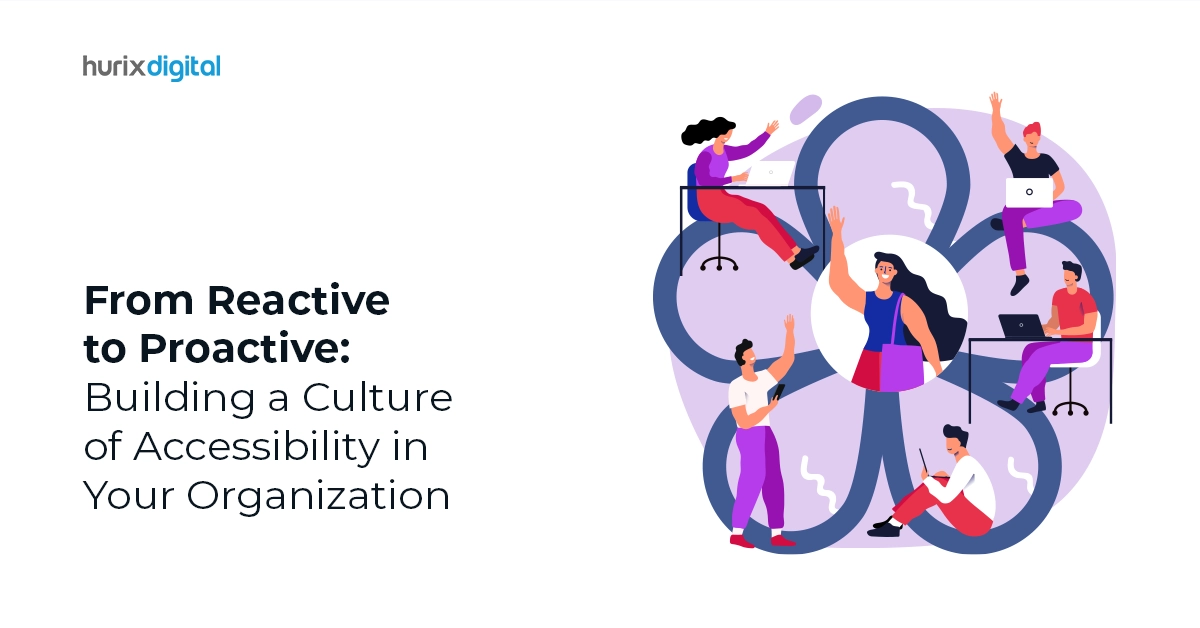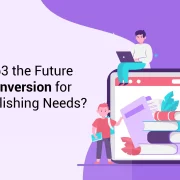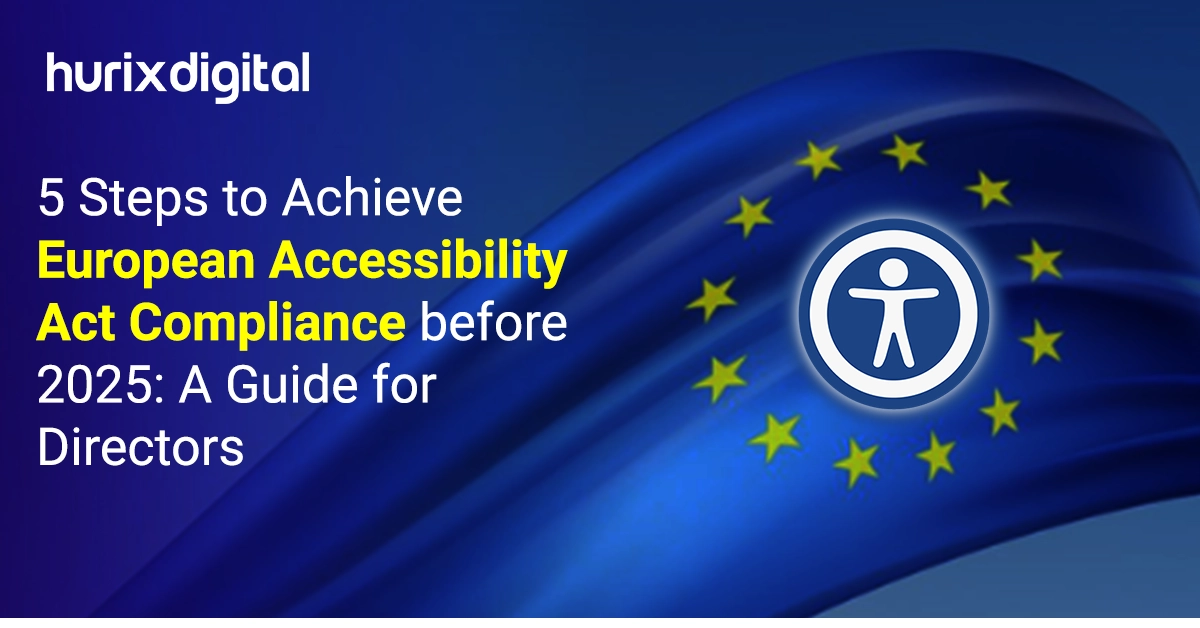
5 Steps to Achieve European Accessibility Act Compliance before 2025: A Guide for Directors
Summary
This blog outlines the 2019 European Accessibility Act, aiming to make products and services accessible for people with disabilities, and provides compliance steps for businesses by 2025.
Today, there is a growing demand among consumers in Europe to make all services and products accessible to people with disabilities.
According to the World Health Organization, Europe has around 135 million people living with a disability. However, it’s not just people with disabilities who suffer due to lack of access. These limitations can also impact senior citizens and other underserved consumers.
The European Union instituted the European Accessibility Act (EAA) in 2019 to create equal opportunity and access for all. The Act aims to raise European accessibility standards by nudging businesses and other stakeholders to make products and services accessible for people with disabilities and other consumers with limitations.
Table of Contents:
- European Accessibility Standards: An Overview
- 5 Steps to Comply with European Accessibility Standards
- Benefits of Complying with European Accessibility Standards
- The Conclusion
European Accessibility Standards: An Overview
In 2019, the European Union introduced the European Accessibility Act (EAA). This revolutionary Act nudges countries to resolve accessibility gaps within their ecosystems. It aims to boost European accessibility standards across the nations that belong to the European Union.
Here’s a brief snapshot of what the Act entails:
- The various European Union nations began adopting the act in 2022.
- It gives various product and service providers from the public and private sectors until June 25 to resolve the accessibility gaps.
- Businesses operating in diverse sectors, from e-commerce, education and professional training, and banking to websites and apps, employment, and transportation, must ensure that their products, services, and ecosystems are accessible to people with disabilities.
- The Act covers key accessibility areas, including digital accessibility, seamless integration of assistive technologies, electronic communication, audiovisual media, and banking.
- Under the Act, the European Union will establish a compliance and surveillance monitoring framework to ensure that all countries comply with European accessibility standards. Organizations that fail to satisfy the various conditions will be penalized.
- As of August 2024, members of the European Union, which comprises 27 nations, will need to comply with the Act: Austria, Bulgaria, Belgium, Croatia, Cyprus, Denmark, Estonia, France, Finland, Greece, Germany, Hungary, Ireland, Italy, Latvia, Lithuania, Luxembourg, Malta, Poland, Portugal, Romania, Slovakia, Slovenia, Spain, Sweden, the Czech Republic, and the Netherlands.
Also Read: Key Data-Driven Accessibility Metrics for Better Progress Tracking and Resource Security
5 Steps to Comply with European Accessibility Standards
Here’s a comprehensive guide on accessibility compliance for business directors who want to transform their policies, build accessible ecosystems, and become inclusive brands.
Step 1: Audit all Ecosystems, Products & Services
The first of many steps to achieving accessibility compliance is for organizations to understand where they stand on the accessibility curve. They can start by conducting an internal audit to gauge the accessibility of their ecosystems, products, and services.
They can consider outsourcing this entire process to an accessibility expert so that it is thorough and objective.
Step 2: Institutionalize a Comprehensive Accessibility Policy
Organizations need to cement accessibility as a core value of their business. This is because not adhering to European accessibility standards can have serious consequences for the business due to the Act’s legal significance.
Businesses must frame a comprehensive accessibility policy that clearly outlines key goals to be achieved. The policy must include a concrete action plan for executing best practices for EAA compliance to help accomplish these milestones.
Organizations must then institutionalize the policy, making it accessible to all teams and future generations of the workforce.
Step 3: Make Early Investments in Technology & Expertise
Accessible services, products, and ecosystems are a specialized process. It requires an in-depth understanding of the challenges associated with disabilities and the barriers arising from inaccessible environments. Businesses may not have the capability to spearhead an effective transformation in-house.
This is where early investments in the right technology infrastructure and hiring accessibility experts can help businesses proceed with data-centricity, customer-centricity, efficiency, and effectiveness.
Step 4: Equip the Workforce with Knowledge and Skills
Ultimately, employees in the workforce need to build accessible products and ecosystems, design accessible services, and test and monitor the accessibility of their ecosystems on an ongoing basis.
However, most employees have no prior exposure to accessibility. This is because accessibility studies have not yet been included in the educational curriculum across most disciplines.
Hence, businesses may need to hire employees from scratch. Early investments in comprehensive training on disability and accessibility can be game-changers for companies, expediting accessibility transformation.
Step 5: Test Accessibility of All Products and Services
Businesses must make testing products and services for accessibility a part of their workflow and make adhering to EAA compliance checklists compulsory across all testing.
As technology and knowledge in the accessibility space continue to evolve, employees must stay aware of the latest advances and strive to raise the bar in European accessibility standards.
Benefits of Complying with European Accessibility Standards
Businesses can enjoy the following benefits by achieving accessibility standards in 2025:
1. Build an Inclusive Culture
Diversity and inclusion are major goals of businesses today. Building accessibility accessible products and services can contribute towards the shift to nurturing inclusive cultures.
2. Adhere to the Law
European Accessibility Act compliance is not an option; it is the law. Companies that do not comply can be slapped with heavy fines, prosecuted, and shut down.
3. Capture a Greater Market Share
By opening up products and services to people with disabilities, businesses can also grow their customer base. This is an investment in reaching more audiences and driving revenues.
4. Boost Search Engine Optimization (SEO)
Following web accessibility guidelines can help businesses improve their SEO results, boosting the discoverability of their products and services.
Check out EXCLUSIVE: Hurix Digital Helps a Federal Government Agency Achieve 100% Compliance
The Conclusion
Today, accessibility is emerging as a major pillar determining the success of products and services in a competitive market space. Businesses that make early investments in building accessible products and services can gain a competitive edge and increase their market share by nurturing an inclusive culture.
Businesses that comply with European accessibility standards will be in a prime position to drive revenues and profitability by taking proactive steps in this direction.
If your business is looking to build accessible products and services, consider partnering with an accessibility expert with superior technical expertise. Hurix Digital is geared toward helping businesses revamp their products and services to make them accessible and aligned with universal design standards.
Get in touch with us to start a conversation.

Associate VP of Technology, leads the design and development of innovative and accessible web solutions for publishing and eLearning clients. With over 20 years of experience in the ITES industry and a strong background in project management, automation, quality assurance, and offshore collaboration.

